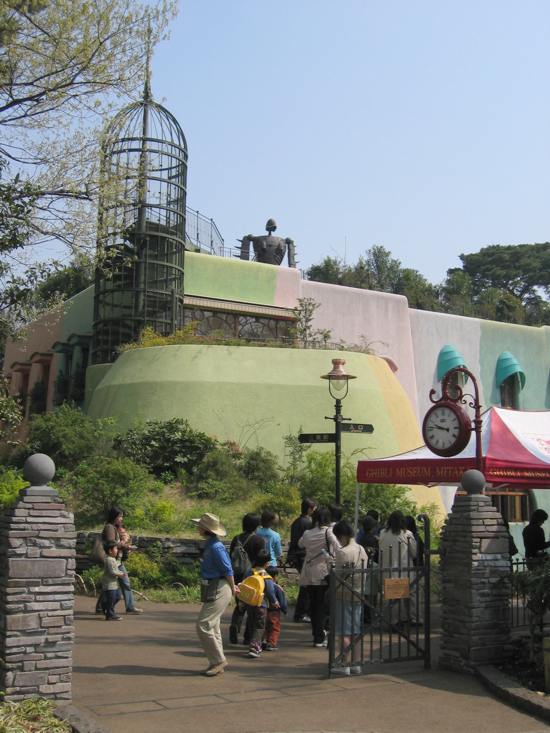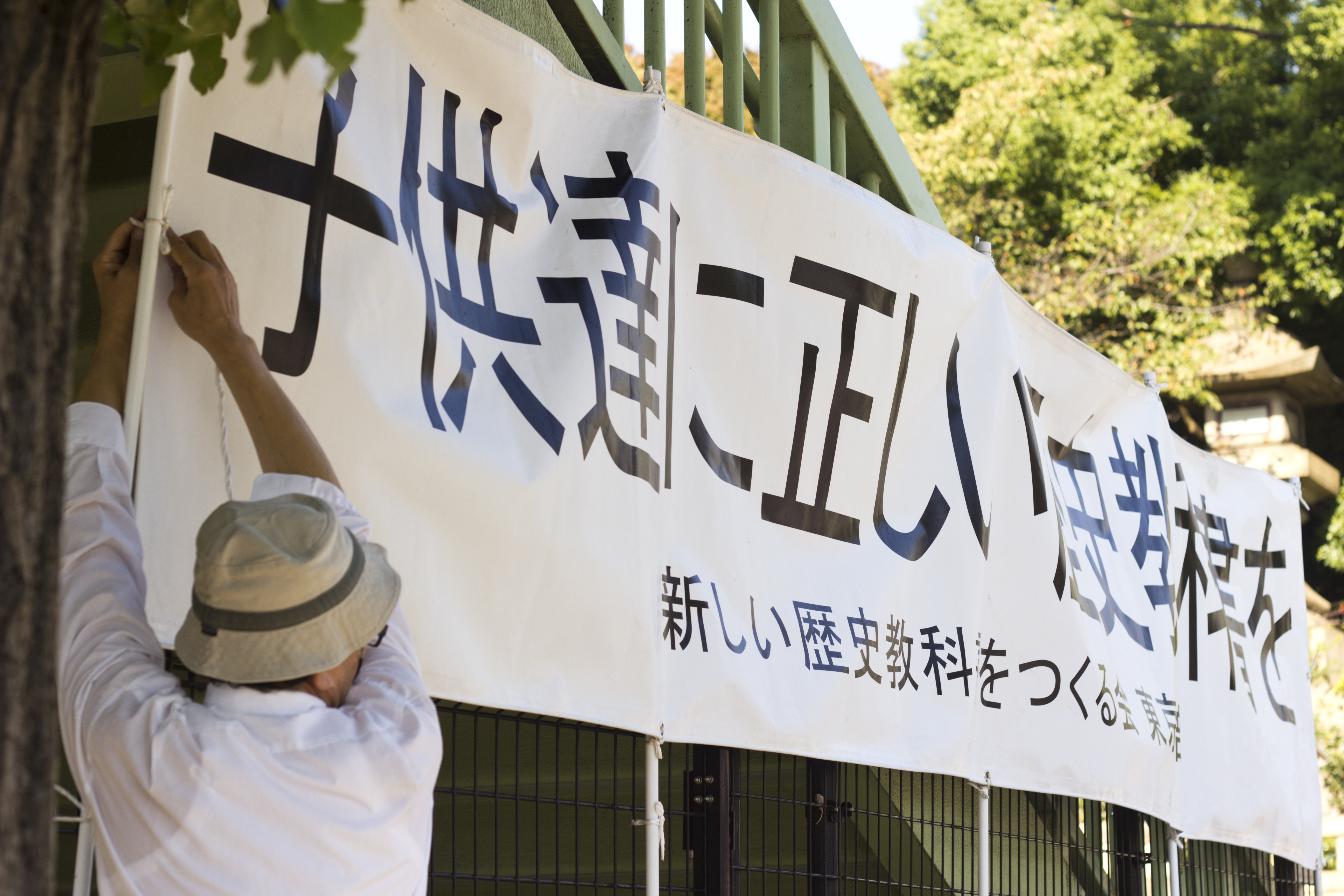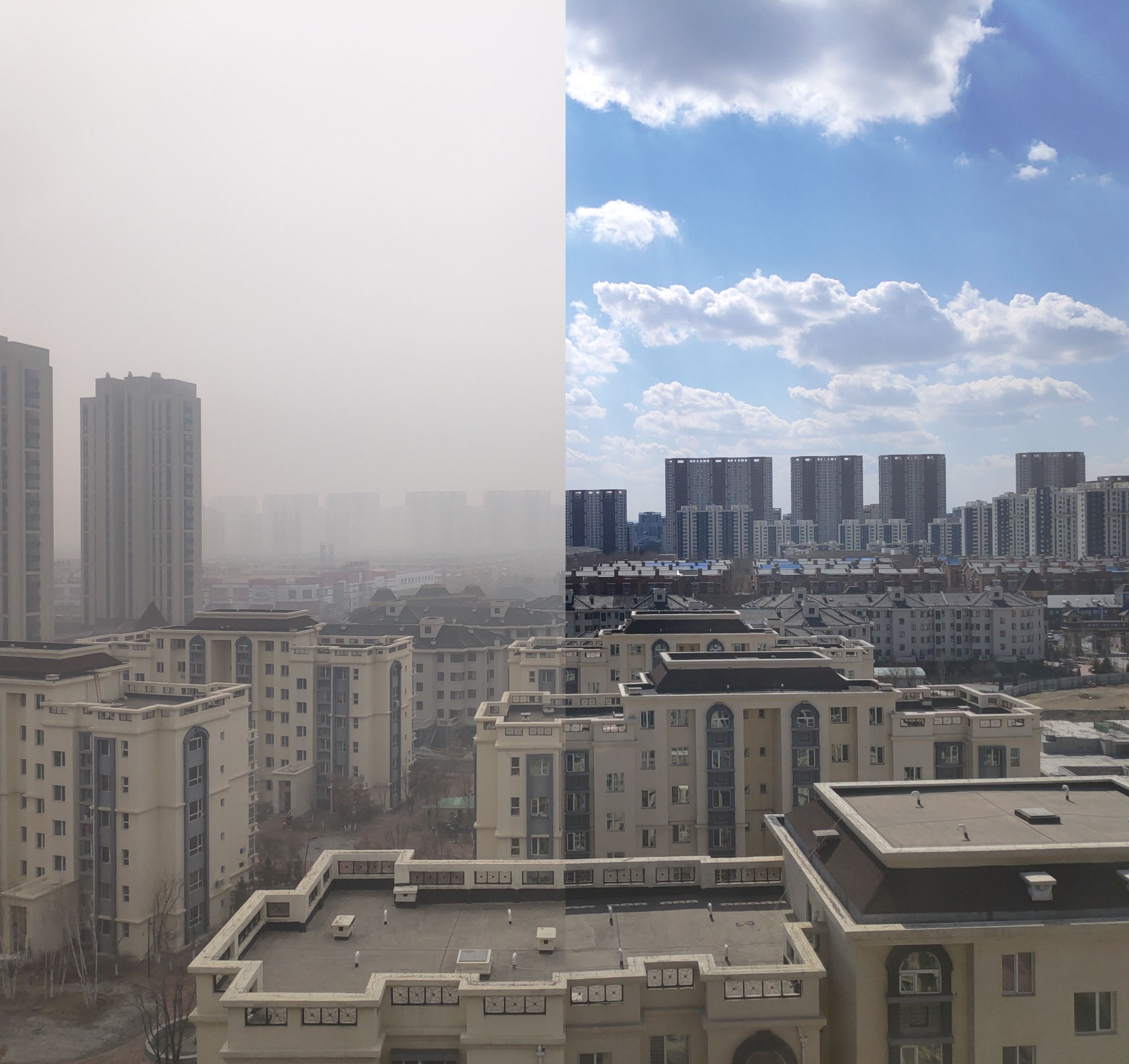|
Suginami Ward
is a special ward in the Tokyo Metropolis in Japan. The ward refers to itself as Suginami City in English. As of June 1, 2022, Suginami has an estimated population of 588,354 and a population density of 17,274 persons per km2. The total area is 34.06 km2. Geography Suginami occupies the western part of the ward area of Tokyo. Its neighbors include these special wards: to the east, Shibuya and Nakano; to the north, Nerima; and to the south, Setagaya. Its western neighbors are the cities of Mitaka and Musashino. The Kanda River passes through Suginami. The Zenpukuji river originates from Zenpukuji Park in western Suginami, and the Myōshōji River originates in Myōshōji Park, to the north of Ogikubo station. History The name Suginami dates back to the early Edo period and is a shortened version of ''Suginamiki'' ("avenue of cedars"). This name came about when an early land baron, Lord Tadayoshi Okabe, planted a row of cedar trees to mark the bounds of his property. ... [...More Info...] [...Related Items...] OR: [Wikipedia] [Google] [Baidu] |
Special Wards Of Tokyo
The of Tokyo are a special form of Municipalities of Japan, municipalities in Japan under the 1947 Local Autonomy Act, Local Autonomy Law. They are city-level wards: primary subdivisions of a prefecture with municipal autonomy largely comparable to other forms of municipalities. With a land area of , it is about three-quarters the size of Singapore. As of 2024, it has a population of almost 10 million, with a density of about . Although the autonomy law today allows for special wards to be established in other prefectures, to date they exist only in Tokyo, which consists of 23 special wards and 39 other, ordinary municipalities (cities of Japan, cities, list of towns in Japan, towns, and list of villages in Japan, villages). The special wards of Tokyo occupy the land that was once the core Tokyo City in its 1936 borders before it was abolished under the Tōjō Cabinet in 1943 to become directly ruled by the Tokyo Metropolitan Government, prefectural government, then renamed to " ... [...More Info...] [...Related Items...] OR: [Wikipedia] [Google] [Baidu] |
Mitaka, Tokyo
file:井之頭恩賜公園 (16016034730).jpg, 260px, Inokashira Park in Mitaka is a Cities of Japan, city in the Western Tokyo region of Tokyo Metropolis, Japan. , the city had an estimated population of 190,403, and a population density of 12,000 persons per km2. The total area of the city was . Geography Mitaka is located on the Kantō region, Kantō Plain, just outside the 23 special wards of Tokyo Metropolis, which are on its eastern borders. The Tamagawa Aqueduct canal, which runs alongside Mitaka station, has an important place in history, built in 1653 to feed the local metropolitan area, metropolis. It is also the place where novelist Osamu Dazai died by suicide in 1948. The National Astronomical Observatory of Japan is located in Mitaka. Surrounding municipalities Tokyo Metropolis *Chōfu, Tokyo, Chōfu *Koganei, Tokyo, Koganei *Musashino, Tokyo, Musashino *Setagaya, Tokyo, Setagaya *Suginami, Tokyo, Suginami Climate Mitaka has a humid subtropical climate (Köppen ''Cfa ... [...More Info...] [...Related Items...] OR: [Wikipedia] [Google] [Baidu] |
Fusosha Publishing
is a Japanese publishing company wholly owned by Fuji Media Holdings and part of the Fujisankei Communications Group. History Fuji TV established Living Magazine Co., Ltd as a publishing business. In 1984, the company name was changed from Living Magazine Co., Ltd to Fusosha Co., Ltd. In 1987, Fusosha Co., Ltd merged with Sankyo Publishing Co., Ltd, a division of Sankei Shimbun, itself also part the Fujisankei Communications Group. In 2007, Fuji TV acquired additional shares of Fusosha and Pony Canyon , also known by the shorthand form , is a Japanese company, established on October 1, 1966, which distributes music, films, home video, and video games. It is affiliated with the Japanese media group Fujisankei Communications Group. Pony Canyo ... to make them wholly owned subsidiaries. In addition to the numerous magazines and textbooks it has published, Fusosha has sold monograph for programs of its sister companies Fuji TV and Nippon Broadcasting System, including ... [...More Info...] [...Related Items...] OR: [Wikipedia] [Google] [Baidu] |
Japanese History Textbook Controversies
Japanese history textbook controversies involve controversial content in government-approved history textbooks used in the secondary education (middle schools and high schools) of Japan. The controversies primarily concern the nationalist right efforts to whitewash the actions of the Empire of Japan during World War II. Another serious issue is the constitutionality of the governmentally-approved textbook depictions of the Second Sino-Japanese War, World War II, Japanese war crimes, and Japanese imperialism during the first half of the 20th century. The history textbook controversies have been an issue of deep concern both domestically and internationally, particularly in countries that were victims of Imperial Japan during the war. Despite the efforts of the nationalist textbook reformers, by the late 1990s the most common Japanese schoolbooks contained references to, for instance, the Nanjing Massacre, Unit 731, and the comfort women of World War II, all historical issues wh ... [...More Info...] [...Related Items...] OR: [Wikipedia] [Google] [Baidu] |
Kugayama
is a neighbourhood of Tokyo in Suginami ward, west of Shinjuku in Japan. Kugayama is a residential community A residential community is a community, usually a small town or city, that is composed mostly of residents, as opposed to commercial businesses and/or industrial facilities, all three of which are considered to be the three main types o ... located along the Keiō Inokashira Line. It is served by local and express trains. The surrounding stations are Fujimigaoka and Mitakadai. Districts of Suginami {{Tokyo-geo-stub ... [...More Info...] [...Related Items...] OR: [Wikipedia] [Google] [Baidu] |
Ogikubo, Tokyo
is a suburban, residential area of Tokyo in Suginami-ku, Tokyo, Suginami ward, approximately 8 km west of Shinjuku. Ogikubo has the Ogikubo Station on the East Japan Railway Company, JR Chūō Line (Rapid), the JR Chūō-Sōbu Line, the Tokyo Metro Marunouchi Line (terminus) and the Tokyo Metro Tōzai Line extension (which runs on the Chūō-Sōbu Line tracks). The Japanese headquarters of American Express is located near the station. Households and Population The number of households and population as of March 1, 2024 (announced by Suginami Ward) are as follows.. Shopping The area's main shopping area mostly consists of three connected department stores; Seiyu Group, Seiyu, Town Seven and Lumine. Seiyu is a low-price department store owned by Walmart, Wal-Mart Stores, Inc. selling food, clothes, home goods, etc. There are also various types of stores and restaurants in the area surrounding the train station. Relationship with the Ramen Ogikubo is commonly referred t ... [...More Info...] [...Related Items...] OR: [Wikipedia] [Google] [Baidu] |
Asagaya Nakasugidori
is a residential area of Tokyo located in Suginami ward (one of the 23 wards or boroughs of Tokyo) west of Shinjuku. Main access to Asagaya is via the Chūō-Sōbu Line, 12 minutes by train from Shinjuku station. Geography At present the Asagaya area is divided latitudinally into North and South by the Chūō-Sōbu Line. Boundaries for this area are roughly the same as those for , dating back to the Edo Period. Longitudinally, the Japanese Zelkova serrata tree-lined boulevard, , divides Asagaya, running from Ome-kaido in the south to Waseda-dōri in the north. From around the Taishō period people began moving from the Yamanote area (central Tokyo) into the suburbs including Asagaya. At present, the area around the station is considered upper-level Tokyo suburban housing due to its space, greenery, convenience to central Tokyo—and numerous Shōtengai, the largest of which originates from the South exit of Asagaya Station. Asagaya is accessible by train, subway, and bus. The w ... [...More Info...] [...Related Items...] OR: [Wikipedia] [Google] [Baidu] |
Japanese Holly Trees And Waterfall At Sanshi No Mori Koen Park In Suginami, Tokyo Japan
Japanese may refer to: * Something from or related to Japan, an island country in East Asia * Japanese language, spoken mainly in Japan * Japanese people, the ethnic group that identifies with Japan through ancestry or culture ** Japanese diaspora, Japanese emigrants and their descendants around the world * Japanese citizens, nationals of Japan under Japanese nationality law ** Foreign-born Japanese, naturalized citizens of Japan * Japanese writing system, consisting of kanji and kana * Japanese cuisine, the food and food culture of Japan See also * List of Japanese people * * Japonica (other) * Japanese studies , sometimes known as Japanology in Europe, is a sub-field of area studies or East Asian studies involved in social sciences and humanities research on Japan. It incorporates fields such as the study of Japanese language, history, culture, litera ... {{disambiguation Language and nationality disambiguation pages ... [...More Info...] [...Related Items...] OR: [Wikipedia] [Google] [Baidu] |
Photochemical Smog
Smog, or smoke fog, is a type of intense air pollution. The word "smog" was coined in the early 20th century, and is a portmanteau of the words ''smoke'' and '' fog'' to refer to smoky fog due to its opacity, and odour. The word was then intended to refer to what was sometimes known as pea soup fog, a familiar and serious problem in London from the 19th century to the mid-20th century, where it was commonly known as a London particular or London fog. This kind of visible air pollution is composed of nitrogen oxides, sulfur oxide, ozone, smoke and other particulates. Man-made smog is derived from coal combustion emissions, vehicular emissions, industrial emissions, forest and agricultural fires and photochemical reactions of these emissions. Smog is often categorized as being either summer smog or winter smog. Summer smog is primarily associated with the photochemical formation of ozone. During the summer season when the temperatures are warmer and there is more sunlight pre ... [...More Info...] [...Related Items...] OR: [Wikipedia] [Google] [Baidu] |
The Japan Times
''The Japan Times'' is Japan's largest and oldest English-language daily newspaper. It is published by , a subsidiary of News2u Holdings, Inc. It is headquartered in the in Kioicho, Chiyoda, Tokyo. History ''The Japan Times'' was launched by on 22 March 1897, with the goal of giving Japanese people an opportunity to read and discuss news and current events in English to help Japan participate in the international community. In 1906, Zumoto was asked by Japanese Resident-General of Korea Itō Hirobumi to lead the English-language newspaper '' The Seoul Press''. Zumoto closely tied the operations of the two newspapers, with subscriptions of ''The Seoul Press'' being sold in Japan by ''The Japan Times'', and vice versa for Korea. Both papers wrote critically of Korean culture and civilization, and advocated for Japan's colonial control over the peninsula in order to civilize the Koreans. The newspaper was independent of government control, but from 1931 onward, the pa ... [...More Info...] [...Related Items...] OR: [Wikipedia] [Google] [Baidu] |
Cryptomeria
''Cryptomeria'' (literally "hidden parts") is a monotypic genus of conifer in the cypress family Cupressaceae. It includes only one species, ''Cryptomeria japonica'' ( syn. ''Cupressus japonica'' L.f.). It is considered to be endemic to Japan, where it is known as . The tree is also called Japanese cedar or Japanese redwood in English. It has been extensively introduced, and cultivated for wood production on the Azores and elsewhere. Description ''Cryptomeria'' is a very large evergreen tree, reaching up to tall and trunk diameter, with red-brown bark which peels in vertical strips. The leaves are arranged spirally, needle-like, long; and the seed cones globular, diameter with about 20–40 scales. It is superficially similar to the related giant sequoia (''Sequoiadendron giganteum''), from which it can be differentiated by the longer leaves (under in the giant sequoia) and smaller cones ( in the giant sequoia), and the harder bark on the trunk (thick, soft and spong ... [...More Info...] [...Related Items...] OR: [Wikipedia] [Google] [Baidu] |




